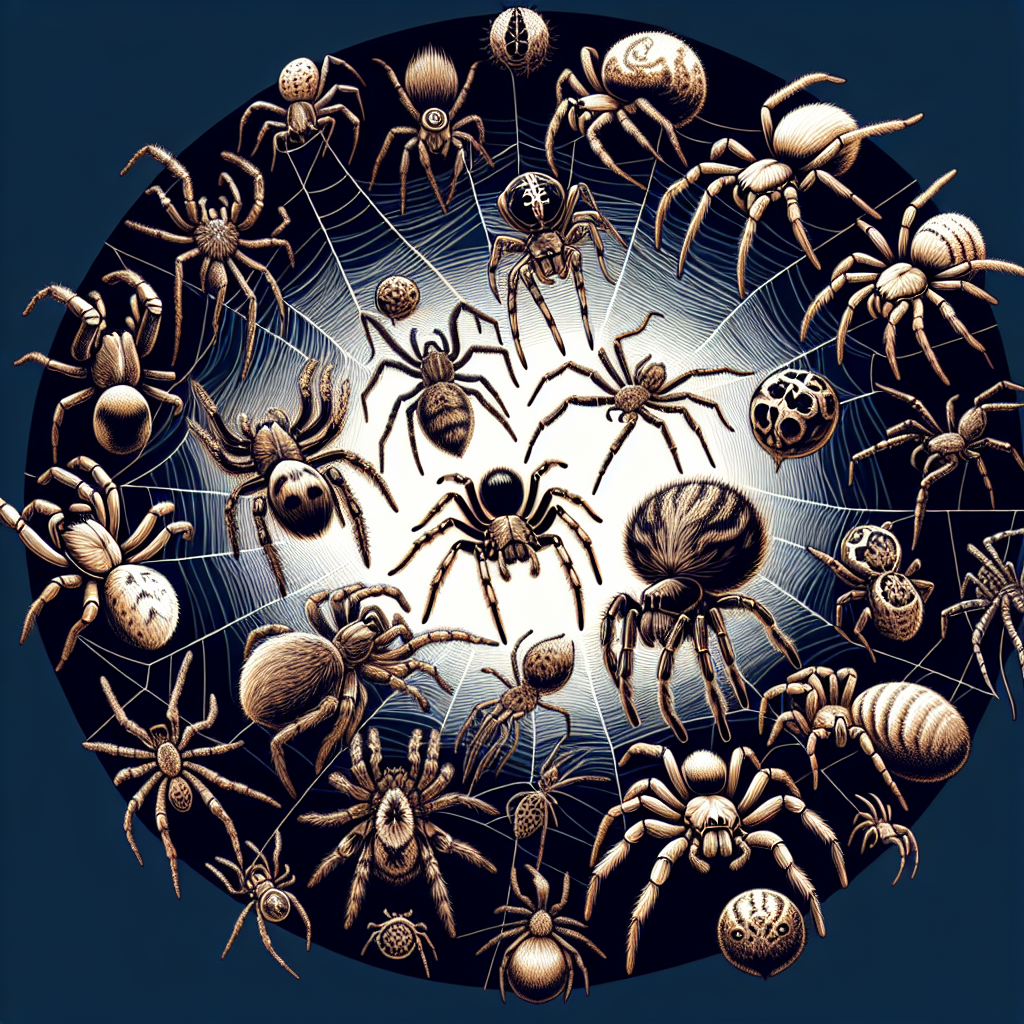Ever wondered what makes spiders tick? Their strange behaviors and biology have always fascinated scientists, and their ongoing research frequently uncovers some truly bizarre findings. Prepare to be genuinely surprised by these eight wild facts about our common arthropod companions!
Unconventional Dining Habits
Solid food? Nah, spiders can’t deal with that. Instead, after everything inside is utterly liquefied, the spider then has the ability to slurp up those melted guts for sustenance. So, what happens first? Our eight-legged pals inject a special fluid into their prey, which works to dissolve and soften all those inner organs and tissues.
Blue Blood? Not Quite!
It sounds wild, but spiders don’t actually have blood as we know it. What they’re sporting is called “Hemolymph.” Our own blood gets its fiery red hue from hemoglobin, a molecule brimming with iron. A spider’s hemolymph, however, is built around the protein hemocyanin, which is copper-based. Typically, hemocyanin starts out clear, but once it gets a whiff of oxygen, it morphs into a dark shade.
Spider Superpower: Hydraulic Movement
Spiders possess an incredible ability: they can fine-tune their internal pressure to facilitate movement. You see, these creatures don’t rely solely on muscle power for locomotion; they combine muscle contractions with hemolymph pressure, enabling them to stride or, for certain species, even leap! The spider achieves this by tensing muscles within its cephalothorax, which in turn boosts the hemolymph pressure in its legs, causing them to extend. When a sudden surge of hemolymph pressure hits the leg joints, it causes those limbs to snap outwards, propelling the spider into a jump.
No Bones About It: The Exoskeleton Life
Spiders, in fact, are completely boneless! They’re classified as invertebrates, meaning they lack a spine, because their organs and “blood” are encased by an exoskeleton. But they’re not alone in rocking this external skeleton – all insects and arachnids share this trait. Living with an exoskeleton presents a unique challenge: growth. These critters periodically need to “molt,” or shed their old outer shell, which eventually grows back. During the vulnerable period before their new exoskeleton hardens, all invertebrates, including spiders, are particularly susceptible.
Web Recycling: A Unique Approach
When a spider’s web loses its stickiness or gets too grimy, our clever arachnid typically devours it. This allows the spider to absorb the nutrients from the old web and use them to spin a fresh one. Talk about unique recycling – even spiders are doing their part, albeit in their own peculiar way!
The Aquatic Arachnid: A Watery Web-Slinger
Believe it or not, there’s a spider species that has totally adapted to an aquatic lifestyle – it’s famously known as the “Diving Bell” spider. This clever creature uses the fine hairs covering its body to trap air bubbles, which it then incorporates into its underwater web, creating an oxygen supply.
Spidery Exclusion: The Antarctic Anomaly
You won’t find any spiders chilling in Antarctica; there are simply no species capable of thriving there. The brutally cold temperatures the continent serves up are just too much for these creatures to handle.
Meet the Vegetarian Spider!
Discovered way back in the 1800s, the *Bagheera kiplingi* spider holds a special title: it’s the only known vegetarian spider in the entire world! Its diet primarily consists of the buds from acacia plants, though it occasionally snacks on ant larvae. Talk about a unique menu for an arachnid!




